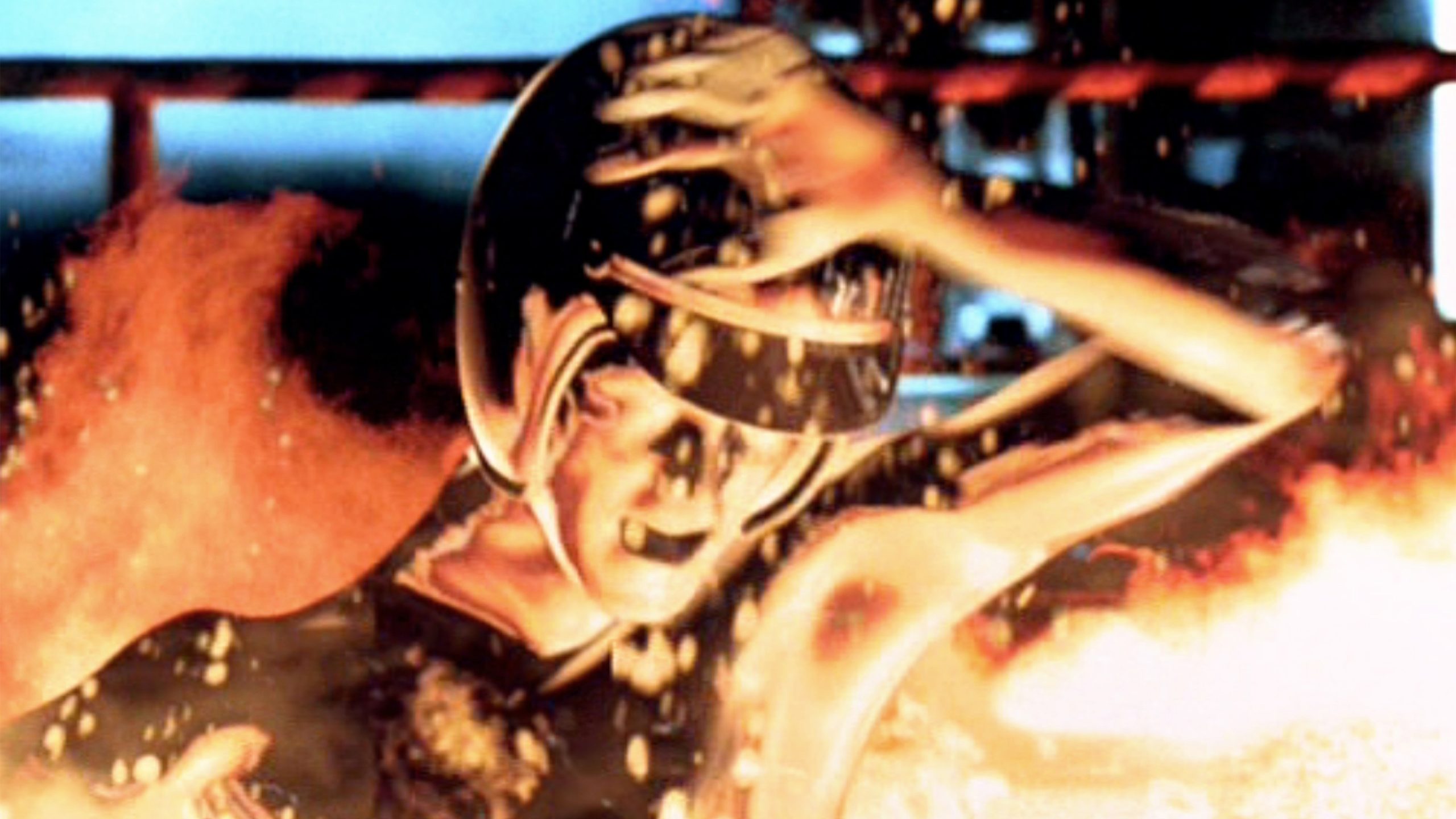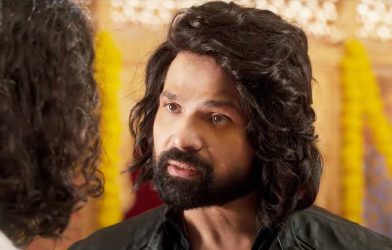Westworld (1973)
Among its many other notable qualities, Westworld was the first major film to utilize a technique known as digital image processing. Essentially, director Michael Crichton had a digital image processing engineer use the technique to create a brief series of sequences (about two and a half minutes worth) that allow us to see the world through the android Gunslinger’s infrared point of view. That technique evolved to become what we now refer to as CGI. Although this is an incredibly humble beginning for such an important concept, the intended effect has remained largely the same over the years. Those brief sequences caused audiences everywhere to gasp, pause, and ask, “How did they do that?”
Star Wars (1977)
It’s difficult to discuss Star Wars‘ cultural impact in such little space without feeling slightly overwhelmed. In a pinch though, it’s remarkably easy to summarize this movie’s impact on the evolution of special effects with the letters “ILM.”
Industrial Lights and Magic was tasked with bringing George Lucas’ wildest dreams to life. Despite lacking nearly every conceivable resource, they utilized a brilliant combination of new and old techniques to deliver what Lucas wanted most: visuals nobody had ever even dreamed of capturing. ILM would go on to contribute to some of the most technically impressive sci-fi films ever, and their work here created a sizable barrier that crucially separates what came before from what came after.
Tron (1982)
Tron’s special effects were so far ahead of their time that the Academy Awards disqualified the film from contention for the Best Visual Effects award because they felt that its extensive use of computer-generated animation was a form of cheating. To be fair, watching Tron has always been a somewhat jarring experience, and there are more than a few people today who will argue that the overuse of CGI remains a crime and a shame.
Even still, you have to be impressed with the magnitude of Tron’s technical accomplishments. While its Lightcycle sequence is the obvious star of the show so far as its innovations go, there is something to be said for Tron’s extensive use of color. Compared to modern CGI-fueled films that often try their best to disguise their computer imagery, Tron just “pops” in a way that makes its use of similar technology feel like a deliberate artistic choice rather than a simple necessity.
Blade Runner (1982)
At the 1983 Academy Awards, Blade Runner and Poltergeist lost the Best Visual Effects race to a little film called E.T. the Extra-Terrestrial. It’s a questionable decision in retrospect, though it’s interesting that Blade Runner was up against a Steven Spielberg-directed and Steven Spielberg-produced film that year, given that the Blade Runner team borrowed several techniques that had been invented or advanced during the production of Close Encounters of the Third Kind.
However, the Blade Runner team took things to a new level. The highlight of the film’s numerous visual effects are those sweeping shots that showcase the smallest details of a futuristic version of Los Angeles. Those shots were achieved through a combination of matte paintings, miniatures, and a complex series of lighting techniques that often required shots to be recorded over each other just to get the exposure right. The effort was considerable, but the results are worth it. Few films come close to challenging the beauty of Blade Runner’s sci-fi cityscapes.









